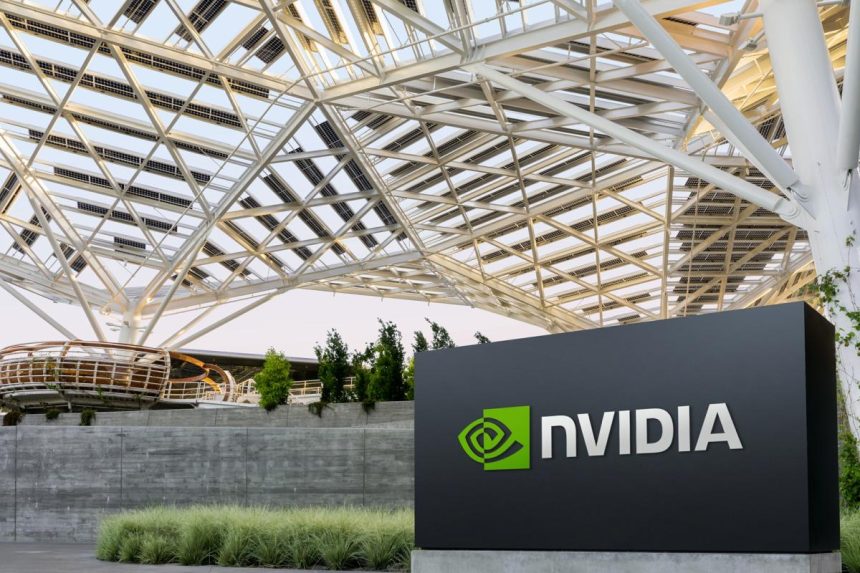NVIDIA’s Controversial Use of Copyrighted Content for AI Development
In a striking instance highlighting ongoing concerns within the tech industry, NVIDIA has reportedly utilized extensive copyrighted materials for its artificial intelligence (AI) training endeavors. According to a report by Samantha Cole on Monday from 404 Media, this $2.4 trillion powerhouse instructed staff to procure videos from platforms like YouTube and Netflix as part of their commercial AI project development. This move positions NVIDIA alongside several tech firms that have adopted a reckless pursuit mentality in the increasingly competitive AI landscape.
Intentions Behind the Data Acquisition
The material gathered was purportedly aimed at refining technologies such as NVIDIA’s Omniverse 3D platform, autonomous driving systems, and initiatives focused on “digital humans.”
NVIDIA’s Justification
In defense of its practices, an NVIDIA representative mentioned in an email to Engadget that their activities adhere strictly to copyright law. The spokesperson argued that intellectual property regulations safeguard specific expressions but not general facts or data. They likened this process to an individual’s ability to assimilate knowledge from various sources and subsequently create original content from it—asserting a fundamental difference between human creators and machines.
YouTube’s Response
YouTube has contested this justification vehemently. Spokesperson Jack Malon referenced an April Bloomberg article where CEO Neal Mohan pointed out that utilizing YouTube content for training AI would breach their terms of service outright. A policy communications manager reiterated previously existing statements concerning these practices in correspondence with Engadget.
Context: Other Instances in the Industry
Mohan’s earlier comments were made regarding OpenAI’s use of YouTube videos without authorization to train its Sora text-to-video generator; just last month, reports emerged indicating similar actions taken by Runway AI.
Internal Concerns at NVIDIA
NVIDIA personnel who questioned the ethics and legality surrounding these methods were reportedly informed by management that such strategies had already been sanctioned at executive levels. Ming-Yu Liu, Vice President of Research at NVIDIA, asserted decisively that “this is an executive decision” while confirming they had overarching approval for all appropriated data types. Furthermore, some employees characterized these scraping activities as lingering legal uncertainties slated for future review.
A Parallel with Meta Platforms Inc.
This situation echoes Facebook (now Meta)’s notorious mantra of “move fast and break things,” which historically resulted in numerous breaches—including significant privacy violations affecting millions worldwide.
The Scope of Acquired Materials
Apart from video sources like YouTube and Netflix content, it was disclosed that employees were directed towards additional databases including MovieNet (featuring movie trailers), internal collections housing video game footage, as well as repositories containing web-based video datasets such as WebVid—which has since been removed following legal action—and InternVid-10M comprising over 10 million YouTube video identifiers.
Licensing Issues Ignored?
Citing potential licensing discrepancies raised by some team members regarding academic-only usage designations on certain datasets—like HD-VG-130M encompassing 130 million YouTube videos marked solely for research purposes—NVIDIA purportedly dismissed concerns over adhering strictly to non-commercial restrictions when tapping into these resources for profit-driven projects.
Circumventing Detection Mechanisms
To avoid detection while downloading large amounts of content prolifically flagged by platforms like YouTube,NVIDIA allegedly utilized rotating IP addresses through virtual machine setups with Amazon Web Services infrastructure to circumvent prohibitions effectively; one employee described how simply restarting instances granted new public IP assignments seamlessly bypassing issues encountered so far without complications arising during operation periods.
The comprehensive findings regarding NVIDIA’s tactics can be explored further through 404 Media’s full report here.






